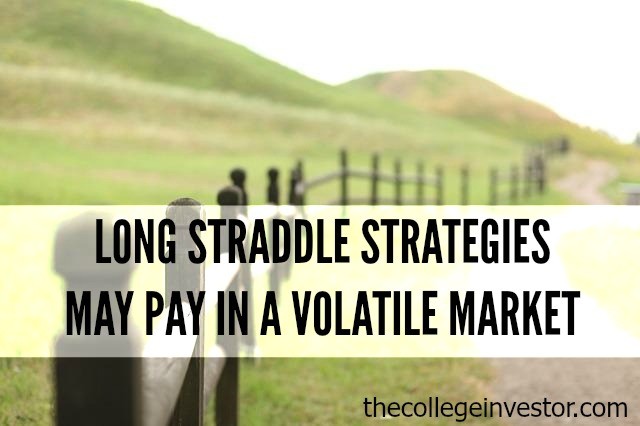Being Bullish Bearish or Neutral with Options
Post on: 19 Июль, 2015 No Comment

Being Bullish, Bearish, or Neutral with Options
Options are frequently referred to as a way to limit the overall risk of taking a position in a market – and they certainly can be. There are also many opportunities to take on a lot of risk (and, theoretically, a lot of reward) with certain options trading strategies, but no matter why you’re choosing to trade options instead of directly trading the underlying asset’s market, it’s always important to have a firm, well-supported opinion on the underlying market’s direction. Are you bullish, bearish, or neutral for that market?
Consider the reasons why they were developed in the first place. A trader may have an existing long position in a market, but need to protect himself against the possibility of that market going lower. In that instance, he would buy a put, which is an instrument that gives him the “option” of selling the market at a certain strike price within a certain timeframe. So if the market does collapse on him, his original long position was protected because he can still sell at the strike price of his put to make up for the loss. In that instance, the trader was originally bullish on the market, but he changed to a neutral position when he was both long in the market and holding onto a put.
So being long a put option (i.e. buying and owning a put) is actually a bearish position. It can be used to offset a long position in the underlying market. Or … it can be used by itself to just take a low-risk bearish position. If you have no straight position in the underlying market, and instead you just go out and buy a put, you will make a profit if the market falls below the strike price of your put. That’s the same as being bearish in the underlying market – which would also profit when the market falls. If instead, the market goes up and you own a put, you face no extra obligation, which is why it is a limited risk position compared to simply being short in the underlying market.
Similarly, being long a call option is a bullish position for the underlying market, which profits when the market moves above the call’s strike price. The owner of a call has no obligation if the market doesn’t move higher as he expected, so it’s a limited-risk bullish strategy.
The caveat, of course, is that either of these positions – being long in puts or long in calls – does face some risk of the actual price tag for the options themselves (the premium) losing some value before the position gets closed out. But an option buyer will pay the premium upfront and that cost of the bullish or bearish strategy will be known at the outset.

Consider that for every buyer of a put or call, there is a counterparty trader who sold them that put or call. One who sells a put will have an obligation to pay out the position if the underlying market falls below the put’s strike price, so the seller of that put will only put himself in that position if he feels the market will stay above that price … that is, if he’s bullish. Selling puts is another way to express a bullish market opinion with options. Similarly, selling calls is a way to express a bearish market opinion with options. Both those strategies involve receiving the premium income upfront and risking the possibility of having to pay out on the option later on.
Other Related Articles:














